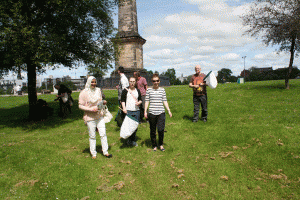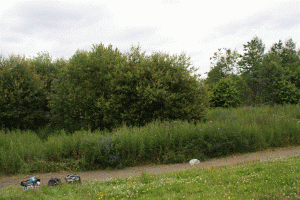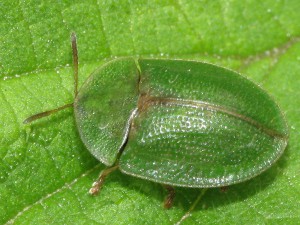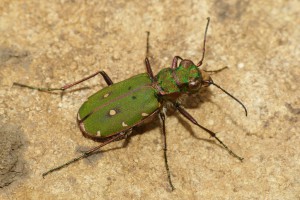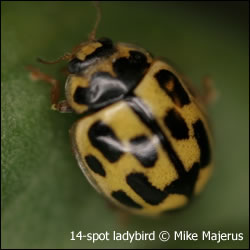
I have been very busy in June. The summer is very much in full swing and bug walks have been great fun to deliver in the warm weather. Below is a picture from a lovely walk done with the Glasgow Association for Mental Health Carers Group. We were out in Glasgow Green and saw a number of bumblebees on the riverside Umbillerfers, as well as many Froghoppers and flies in the shaded meadow.
This month has also seen me move into the first phases of a project that I will carry out over the second half of this year. In conjunction with Urban Roots in Torygln, Glasgow, we are hoping to help enrich the flower diversity at Malls Mire Community Woodland. We will be consulting with local people and looking to develop something on the site that might benefit those who use it, as well as the bugs and plant habitat. Below is just an example of one of the possible locations where we might work to enrich the flora and fauna, using community support and ideas.
I have been reading widely on wildflower meadow creation and restoration, and here is a little of what I have discovered:
The wildflower meadows that we know and love are actually classified as types of grassland habitat. Grasslands have existed for a long time, and are quite likely to be an ancient form of habitat. It is possible that the first grasslands were created by huge grazing herbivores thousands of years ago when most of the UK was covered in woodland. Since then, woodland areas reduced in size and grassland areas expanded as humans cut down trees for fuel and materials, and managed the left over grassland for livestock and agriculture.
Today, the wildflower meadow sites that we see are only present because humans managed the land. Therefore, if a wildflower meadow or grassland site is to be stopped from slowly turning into woodland, it needs to be managed. This is done either by cutting, grazing or burning. This tends to mean that any small meadow patch we grow at home will still need to be cut in a certain way to ensure the wildflowers in it have a chance of growing back in subsequent years.
There are many ways to cut your meadow and ensure it is healthy, one of the easiest is to cut it as late in the year as possible so as to ensure all the bugs that are living there get a good chance to survive. You can then remove the cuttings from your patch (in the past these removed cuttings would often be used to feed livestock like cows). If you do not remove the cuttings, you will find that over time, the nutrient level in the soil increases and thicker grasses will be able to enter the patch and outcompete many of the wildflowers.
If you are able to create a system that works really well for your wildflower patch year on year, you will be well on the way to encouraging all sorts of important and beautiful bugs to the area. If you look hard enough you might even be able to see some of these fantastic bugs making use of the patch for food or shelter:
- The 14-spot Ladybird (Propylea 14-punctata): A beautiful ladybird that can be found on flowering plants. The young larvae and adults eat aphids, so they are considered gardeners’ friends.
- The Tortoise Beetle Cassida rubiginosa: The larvae and adults of this animal feed on the leaves of Common Knapweed. A truly wonderful little creature. (Picture: Graham Calow – Sapcote – 11 April 2014)
- Tiger Beetle (Cicindela campestris): This stunning beetle uses bare ground in grassland areas. Ensuring your wildflower patch has bare ground is important if you want to attract predators that will keep some of the typical garden pests in check. (Picture: Mark Skevington 11 April 2014)

